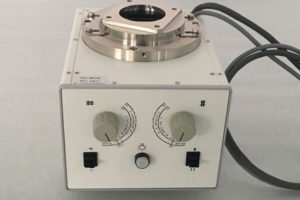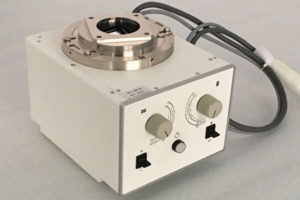Home›Blog ›Definition of primary collimator
Definition of primary collimator
The regular X-radiation collimation system for medical electron linear accelerators consists of the Primary Collimator, the secondary Collimator, and the exclusive Collimator.

The Primary Collimator is located below the electronic lead-out window and is a fixed collimator with a conical hole. The role of the Primary Collimator is twofold.
On the one hand, it determines the maximum radiation field range that the accelerator can provide. On the other hand, the Primary Collimator blocks the primary radiation generated by the radiation source outside the maximum radiation field.

For example, to obtain a circular radiation source with a diameter of 50 cm from a source of 100 cm, the primary collimator has a half cone angle of 14°, and the circular area becomes the M area, while on the Primary Collimator.
The hole also limits the diameter of the radiation source to within 4 mm of the diameter (the actual diameter is within 3 mm). In order to reduce the height of the radiation head, the primary collimator uses a high atomic material such as tungsten.
Made of, also made of depleted uranium at an early stage, the height should be able to attenuate the primary radiation to 10-3, or three Tenth Value Layer TVL. Primary Collimator is shared by both electronic and X-radiation.
Author:Alina
X Ray Collimator
Blog
contact us
TEL:+86 18953679166
E-mail:service@newheek.com
Company:Weifang Newheek Electronic Tech Co., Ltd.
ADD:E Building of Future Star Scientific Innovation Industrial Zone of No.957 Wolong East Street, Yulong Community, Xincheng Sub-District Office, Weifang Hi-tech Zone, Shandong Province, China

